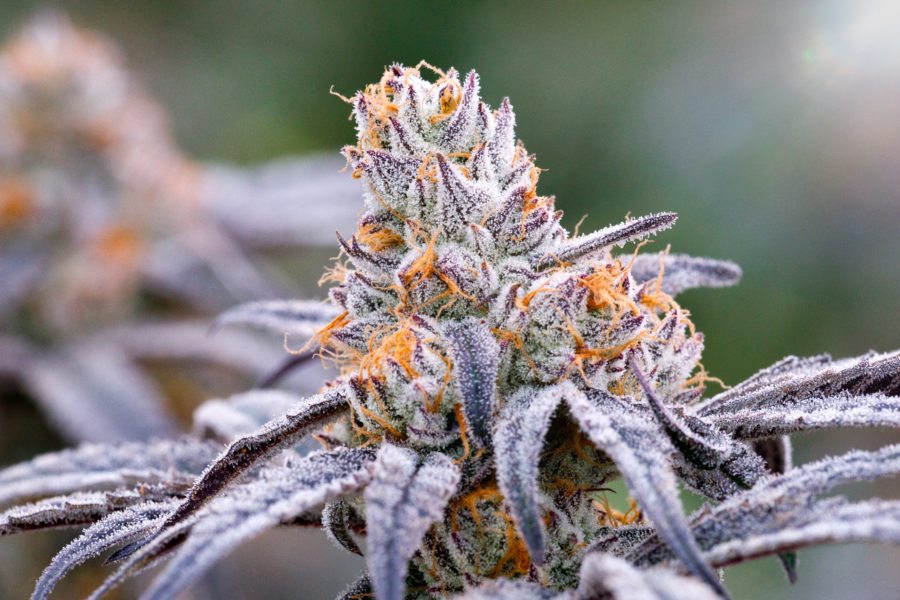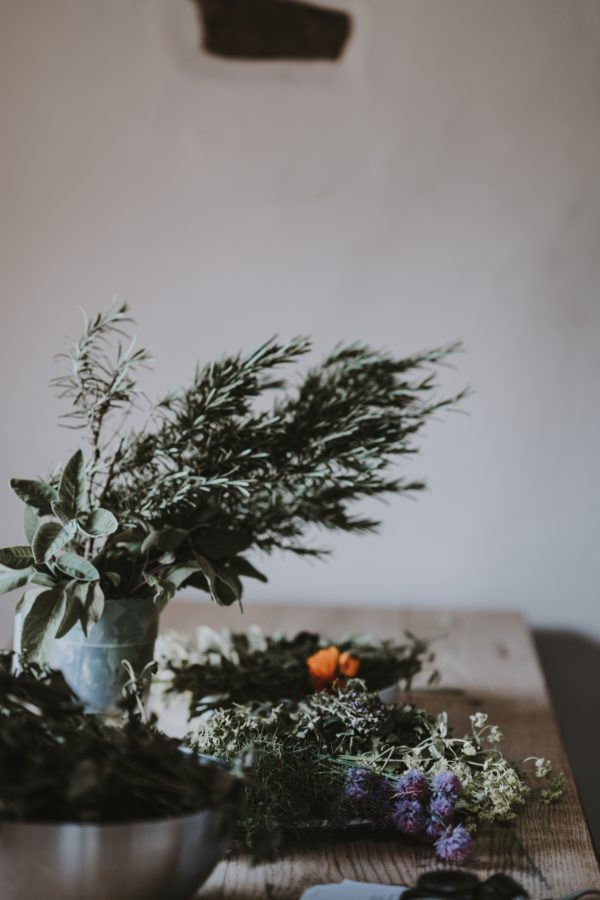What are Terpenoids & Terpene Profiles?
Just when you think you’ve got cannabis all figured out, we’d now like to add terpenes to your knowledge base. If you don’t know much about terpenes yet – you’re about to find out.
Simply put, terpenes are compounds that give plant-life their wonderful and unique aromas. Cannabis plants, in particular, are well known for having intense and pleasant smells. You can thank terpenes for that.


